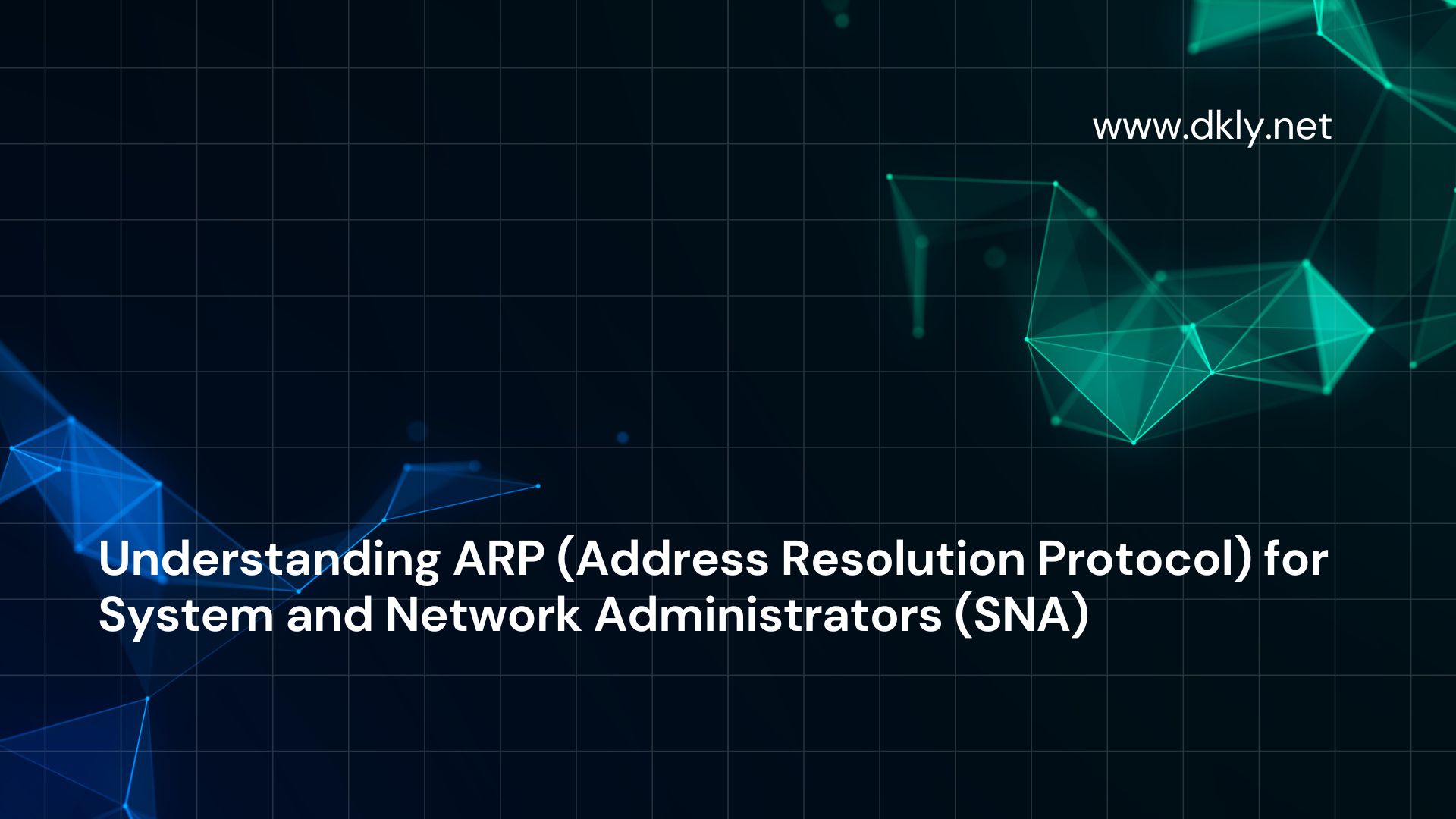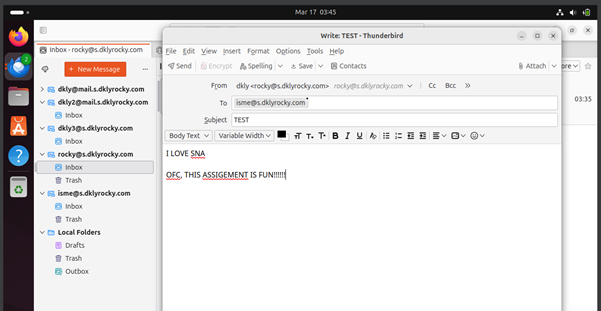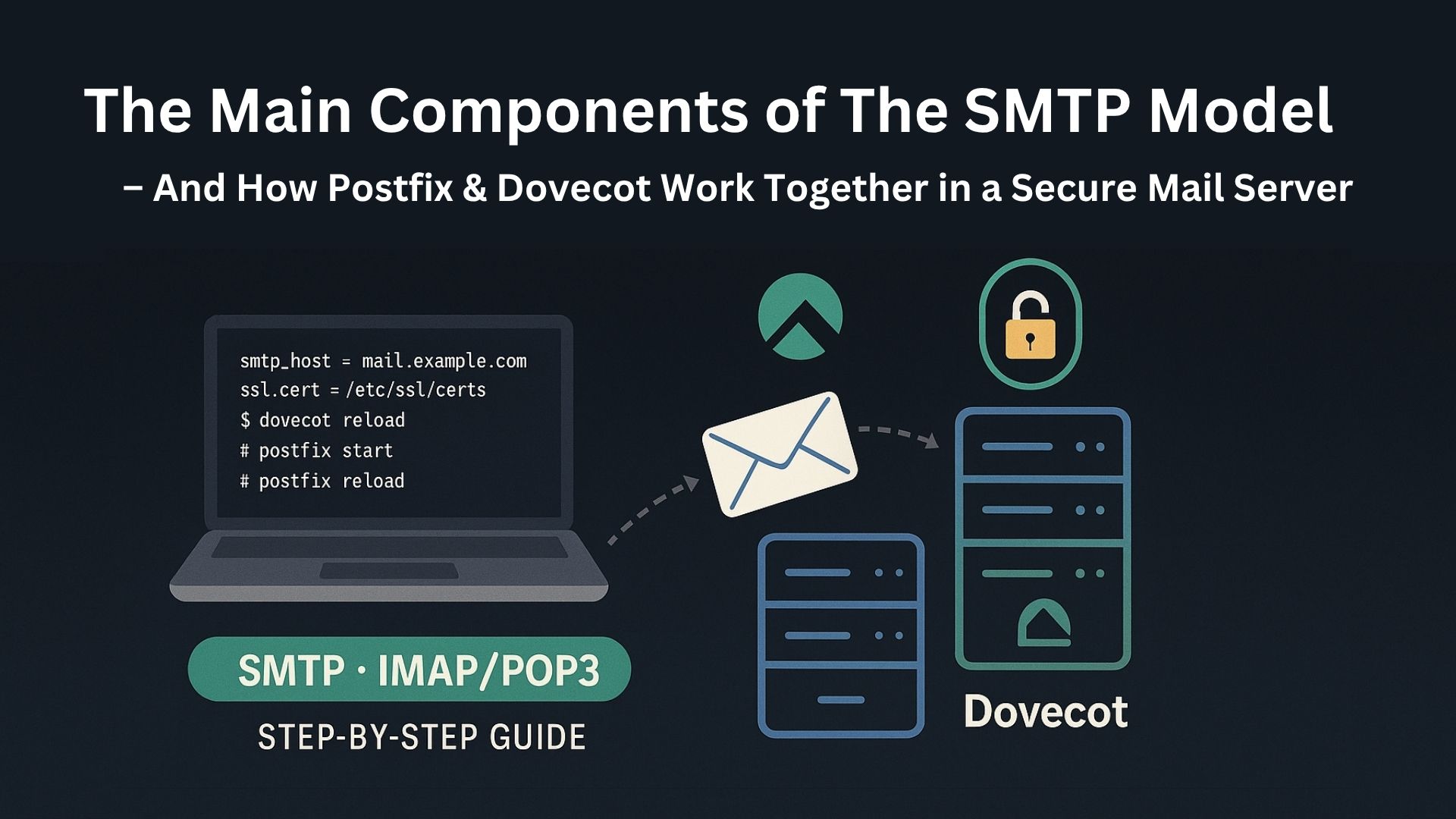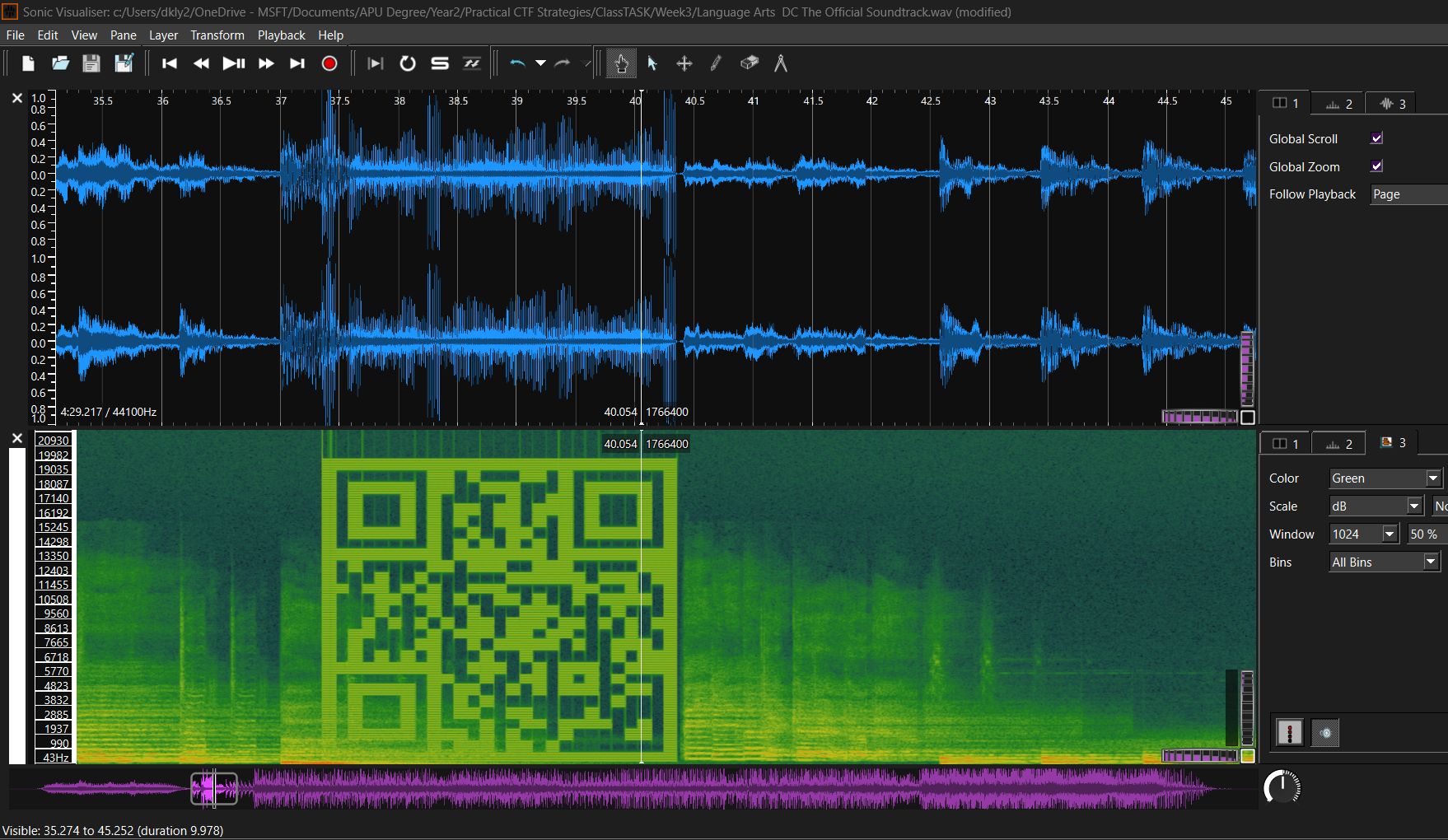In the world of networking, numerous protocols work behind the scenes to ensure data travels swiftly, securely, and efficiently across devices. One such essential yet often overlooked protocol is ARP, or Address Resolution Protocol. For every System and Network Administrator (SNA), understanding how ARP functions is crucial to managing and troubleshooting networks effectively.
This blog post delves into the intricacies of ARP, breaking it down from its basic concepts to real-world examples and best practices. Whether you're a seasoned SNA or a budding IT professional, this guide will reinforce your understanding of how devices communicate within local networks.
What is ARP?
ARP (Address Resolution Protocol) is a network protocol used to find the MAC (Media Access Control) address associated with a given IP (Internet Protocol) address. This mapping is necessary for communication within a local area network (LAN).
In simpler terms, if a computer wants to talk to another computer on the same network, it needs to know the hardware address (MAC) of the destination device. ARP helps find that out by sending a broadcast request to the network and receiving a response.
Why is ARP Important?
Devices in a LAN communicate using MAC addresses at the data link layer (Layer 2 of the OSI model). However, humans and applications generally use IP addresses. ARP acts as the translator between these two layers, ensuring that an IP-based request can be translated to a MAC address so that data can be sent correctly over Ethernet.
Without ARP, devices would have no way of resolving IP addresses to physical hardware addresses within the same network. This would effectively break communication between devices on a LAN.
How ARP Works: Step-by-Step
Let’s walk through a common scenario:
Step 1: The Need to Communicate
Host A (with IP address 192.168.1.2) wants to send a data packet to Host B (with IP address 192.168.1.5). However, Host A does not know Host B's MAC address.
Step 2: Sending an ARP Request
Host A broadcasts an ARP Request to the local network:
"Who has IP 192.168.1.5? Tell 192.168.1.2."
This request is sent to all devices in the LAN because Host A doesn’t know which MAC address belongs to the target IP.
Step 3: Receiving the ARP Reply
Host B receives the ARP Request and responds with an ARP Reply:
"I have IP 192.168.1.5, and my MAC is AA:BB:CC:DD:EE:FF."
This reply is sent directly to Host A.
Step 4: Caching the Result
Host A stores the IP-to-MAC mapping in its ARP cache. The next time it needs to send data to 192.168.1.5, it can retrieve the MAC address from the cache instead of sending another ARP Request.
Real-Life Example: File Transfer Between PCs
Imagine you're transferring a file between two computers on your home network:
- Your PC has IP: 192.168.1.10
- Target PC has IP: 192.168.1.20
When your PC wants to send data, it first checks its ARP cache for the MAC address of 192.168.1.20. If it doesn’t find it, it sends out an ARP Request:
“Who has 192.168.1.20?”
Once it receives a response with the MAC address, the file transfer proceeds using Ethernet.
Types of ARP
There are several variants of ARP that serve different purposes:
- Proxy ARP: Used by routers to respond on behalf of another host.
- Gratuitous ARP: A device sends an ARP Request for its own IP to check for duplicates or inform other devices of its presence.
- Reverse ARP (RARP): Now obsolete, used to find an IP address from a MAC address.
- Inverse ARP (InARP): Used in Frame Relay networks to discover Layer 3 addresses.
ARP Cache and Its Management
Every device maintains a cache of IP-to-MAC address mappings, known as the ARP cache. Entries in this cache are:
- Dynamic: Created when an ARP reply is received; expire after a set time.
- Static: Manually configured; do not expire.
For SNAs, managing the ARP cache can be crucial for network troubleshooting. Commands to view or modify the ARP cache include:
- Windows: arp -a, arp -d, arp -s
- Linux: ip neigh, arp, or ip -s -s neigh flush all
Common Issues with ARP
1. ARP Spoofing / Poisoning: An attacker sends fake ARP messages to a LAN, associating their MAC address with the IP address of another host. This can lead to:
- Man-in-the-middle attacks
- Denial of Service (DoS)
2. Cache Inconsistencies: Sometimes, outdated or incorrect entries can cause communication failures.
3. Broadcast Overhead: Excessive ARP traffic in large networks can affect performance.
Best Practices for ARP Management
1. Use Static ARP Entries for Critical Devices:
- Prevents spoofing
- Ensures consistent connectivity
2. Employ ARP Inspection on Switches:
Dynamic ARP Inspection (DAI) can prevent spoofing by validating ARP packets against trusted sources.
3. Monitor ARP Traffic:
Tools like Wireshark can help diagnose unusual ARP activity.
4. Implement Network Segmentation:
- Reduces ARP broadcast domain
- Improves overall network efficiency
Conclusion
ARP is a foundational protocol that enables basic yet critical communication within IPv4 local area networks. While its operation is straightforward, its importance in network functionality and security is immense.
For system and network administrators, understanding ARP not only aids in daily troubleshooting but also fortifies your network against common security threats. By applying best practices and staying vigilant, you can maintain a robust and efficient networking environment.
Whether you're managing a small office LAN or a complex enterprise infrastructure, mastering ARP will serve you well in the realm of networking.






